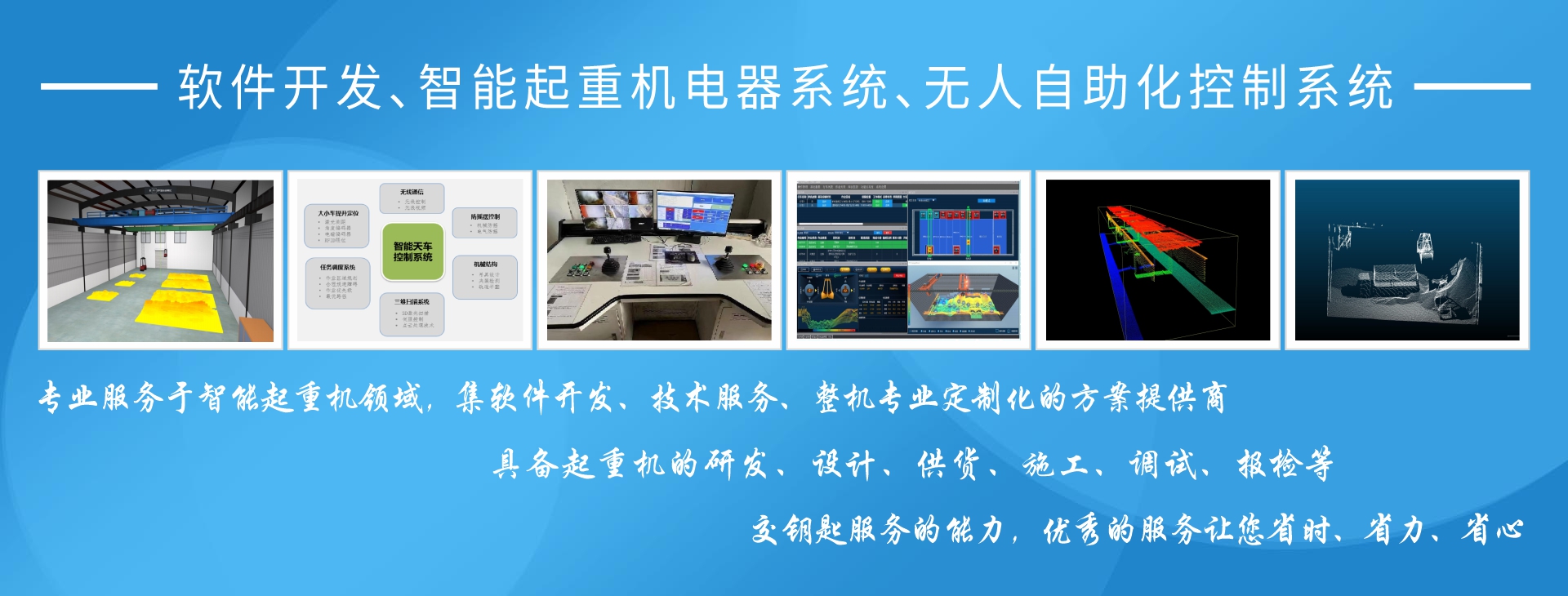本系统基于现场实际生产作业需求出发,结合数字化管理理念,从安全作业、高效作业、简化管理等方面作为整体要求设计该系统。从而实现了多行车安全、高效、无人值守作业。通过机器感知技术,掌控设备状态。根据近远期的作业计划,通过智能调度、智能路径规划等自主分解计划、自主决策形成运行指令,下发给智能设备,并由智能设备自主执行完成任务指令并反馈执行结果。
1:由现场布设的料位传感器或三维料位识别系统下发运行指令;
2:三维扫描系统完成对现场物料三维数据的采集并发送给工控机;
3:工控机接收并处理三维扫描系统发送的三维数据,生成工作任务存储并通过基于工业设备
之间串行通信协议开发的智能行车专用通讯协议发送给电气控制系统;
4:电气控制系统接收工控机的指令对起重机进行控制,执行作业流程,并反馈行车实时状态
This system is designed based on the actual production operation requirements on site, combined with the concept of digital management, from the aspects of safe operation, efficient operation, and simplified management as the overall requirements. Thus achieving safe, efficient, and unmanned operation of multiple vehicles. Control device status through machine perception technology. According to the short-term and long-term job plans, autonomous decomposition plans and decision-making are formed through intelligent scheduling, intelligent path planning, etc. to generate running instructions, which are distributed to intelligent devices. The intelligent devices independently execute and complete task instructions and provide feedback on the execution results.
1: Issuing operation instructions by on-site material level sensors or 3D material level recognition systems;
2: The 3D scanning system completes the collection of on-site material 3D data and sends it to the industrial control computer;
3: The industrial computer receives and processes the 3D data sent by the 3D scanning system, generates work tasks for storage, and uses industrial equipment based methods
Send the intelligent driving dedicated communication protocol developed through serial communication protocol to the electrical control system;
4: The electrical control system receives instructions from the industrial computer to control the crane, execute the operation process, and provide feedback on the real-time status of the crane



